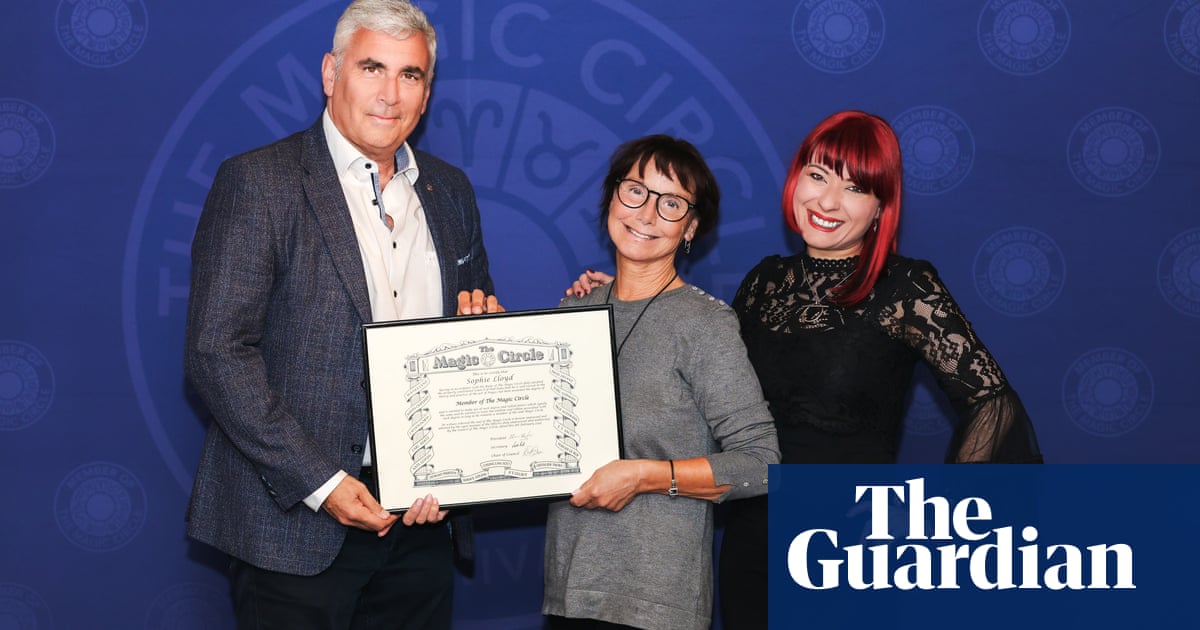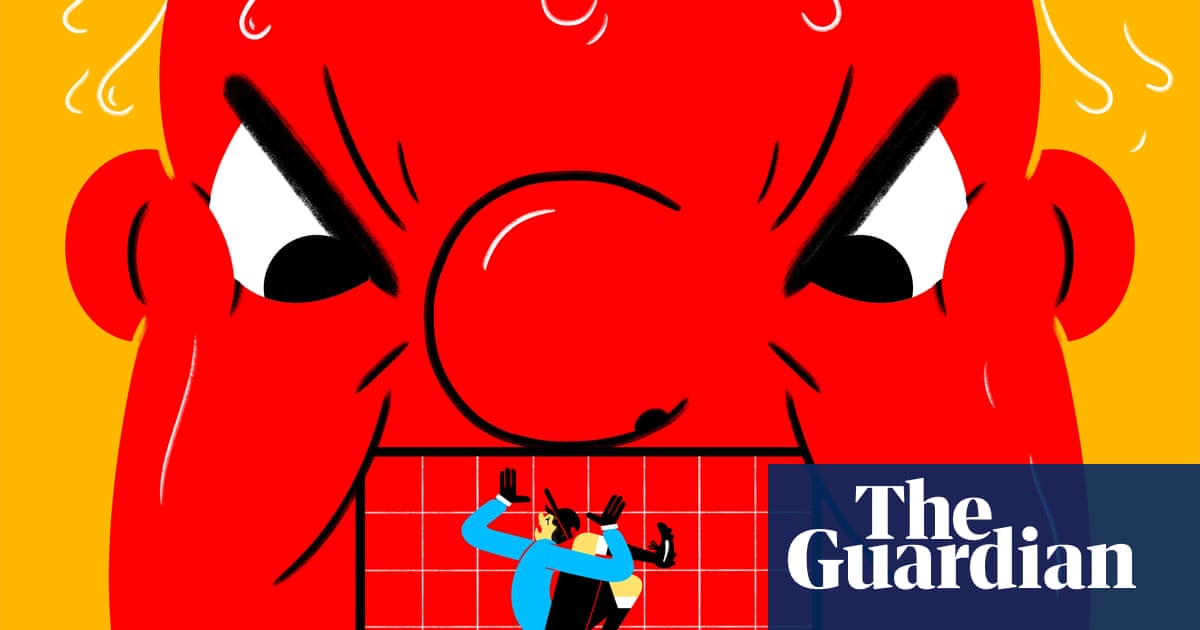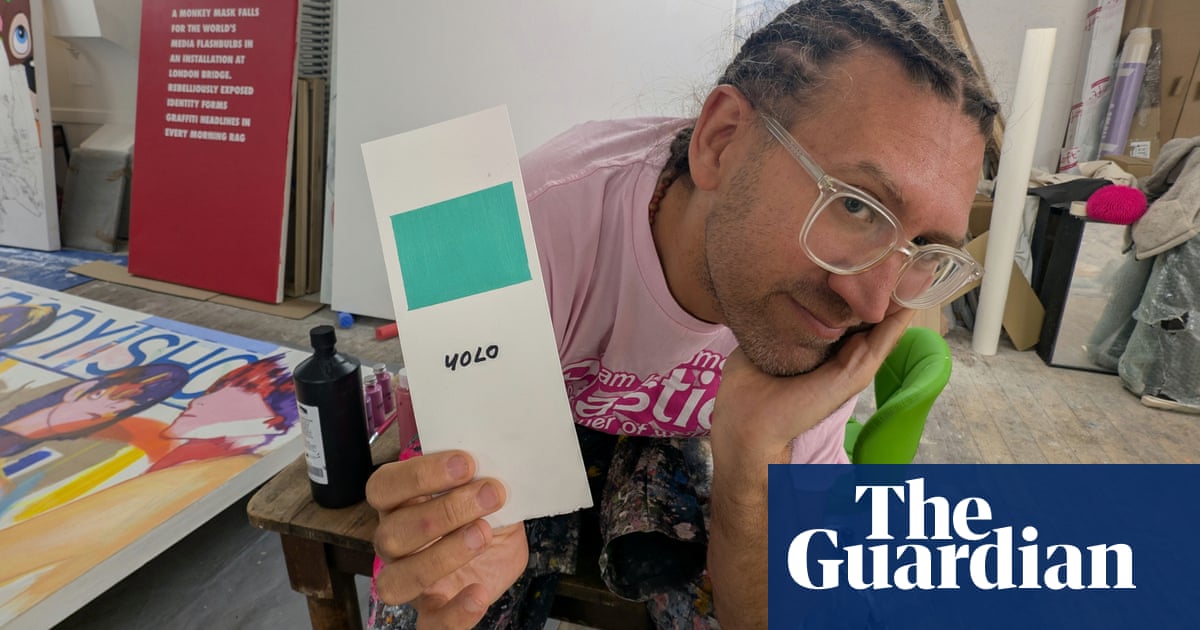Making a person is no mean feat – especially in the absence of sex – and for a character-obsessed novelist, nailing it is everything. But when I started writing at the age of 23, all I seemed to possess was an increasingly urgent impulse in my head and an unaccountable blankness where I’d assumed the conduits of inspiration would be. The inner insistence began picking words and persistence required me to follow them up, but how to expand beyond those first fragmentary bursts?
Although largely ignorant of what producing fiction might require, I didn’t arrive at the page by myself. I brought Stanislavski with me. More precisely, three years’ training in his acting method at the then notorious and now defunct Drama Centre London, where I’d been taught how to make a person, from the inside out. Initially, I didn’t connect the worlds. Acting is action. Writing, words. Acting is necessarily collaborative, novels are not. Fiction tends to be made in private, while acting when all alone points to the psychiatrist’s couch rather than the silver screen. On top of that, method actors are regularly mocked for their seemingly over-the-top efforts to inhabit their characters; Robert De Niro’s 60lb weight gain to play the ageing boxer Jake LaMotta in Raging Bull or Forest Whitaker learning Swahili for playing Idi Amin in The Last King of Scotland. That said, whatever scepticism surrounds the method process, the proof remains in the performance and there’s no denying it often produces emotionally intense, even revelatory experiences for the audience. Naturally enough, I wanted to take that possibility with me.
I wanted to see the world through others’ eyes. More, I wanted to experience their experience of life. Then share it, unmediated and from their perspective rather than from the difference, or distance, of mine. As an actor, voice and body had been the vehicle for this. As a writer, language would have to do the heavy lifting instead. But repurposing that same intimate, closed-circuit perspective has become the method’s real legacy for me. Because, setting aside tales of self-indulgent actors insisting on being called their characters’ names off set or getting roughed up to better simulate a physical state, the ambition to access another’s unguarded humanity remains at the heart of it.
Although Drama Centre taught me many things, the most important “how to” of this technique was introduced right at the start and drummed in until the very end. Even now I hear it being said: “Leave your instinct to judge at the door.” Which makes sense because characters, like people, are not constructed from moral positions. A character needs to be left alone to pursue their own ends. To hover above, directing attention to their flaws, is to make a mere puppet with no real life of its own. It cannot be filled with its own thoughts and repressed emotions or driven by irrational fears and self-sabotaging judgments. As with actors who delve no deeper than caricature, novelists who gloss over complexity for the sake of instruction make people no one else has ever known.
Of course, not judging others is unnatural to us. People who do bad things are bad people. Except if they are us, or those we love. Then we punish, forgive or justify with finer gradations of thought, feeling, memory and belief. So this must also be the catalyst for understanding those unlike us, or whose behaviour is alien to our own. It’s called “substitution” and, I think, is most readily explained in the quote from the Roman playwright Terence: “I am a human being, and I think nothing human is alien to me.” This means not only knowing who we are but who else, given a change of circumstances, might be found to be dwelling within. Rather than focus on points of difference, substitution attempts to identify similar or shared impulses, even if they spring from different roots. This intimate knowledge facilitates a richer understanding of what has led the character to become who they are and make the choices they have. Once found, it can be used as an imaginative springboard from which to extrapolate out into their entirely different actions and outcomes, while remaining embedded in truth.
For example, I am neither Eily nor Stephen from my new novel The City Changes Its Face and my previous one, The Lesser Bohemians, yet the struggle against brokenness is something I understand. What it is to fail, to try, to need forgiveness, to want to be loved. It doesn’t matter if that understanding derives from other sources because once a shared truth is spliced – or substituted – into the fictional story, its logic will remain intact. Same goes for the girl from my debut, A Girl Is a Half-Formed Thing, who refuses passivity even when the outcomes of her decisions prove carnivorous. Anyone who has ever had to survive their own bad choices, made on the back of unhelpful circumstances, can find examples to work from within. Or my woman from Strange Hotel who wants to let no one – even the reader – in, but who life happens to anyway. Identifying my own attempts at control, and subsequent helplessness at its loss, created enough imaginative energy that she could grow out in wildly differing directions from me yet remain credible in her own right. More challengingly, of course, this also applies to characters who have harmed and subjugated others, for example Stephen’s mother, or the uncle in A Girl Is a Half-Formed Thing. I have never done what they did, but to write them I had to find the places of compulsion within myself. Make note of its insatiable selfishness and how easily it can run out of control. So, even in the terrible things those characters had done, there was something not alien to me.
Essentially, substitution is about employing a kind of radical empathy. Without empathy, art is nothing more than a flapping mouthpiece for whichever aesthetic, ideology or political point has been placed above the duty to truth. Little wonder then that the method has become so unfashionable of late; in direct opposition to the many locked boxes of contemporary society, which claim we cannot know each other, even in imagination, the method suggests otherwise. That when we allow empathy to lead us down uncomfortable roads and accept that self-knowledge does not always set the heart aglow, we can come to recognise and know one another, deeply, through all the imperfect humanity we share.
after newsletter promotion
But it requires a beady eye, a steely nerve, the hide of a rhinoceros – and a working knowledge of Ionesco’s play Rhinoceros probably won’t do any harm. Because the obligation to make works of honesty is one all artists are bound to fulfil. For me, using an adaptation of the method has proved invaluable. Others get there in other ways. Ultimately each artist creates their own process. But the method taught me how to see in the dark, then to recognise the components of all kinds of other people in there.

.png) 2 months ago
22
2 months ago
22













































